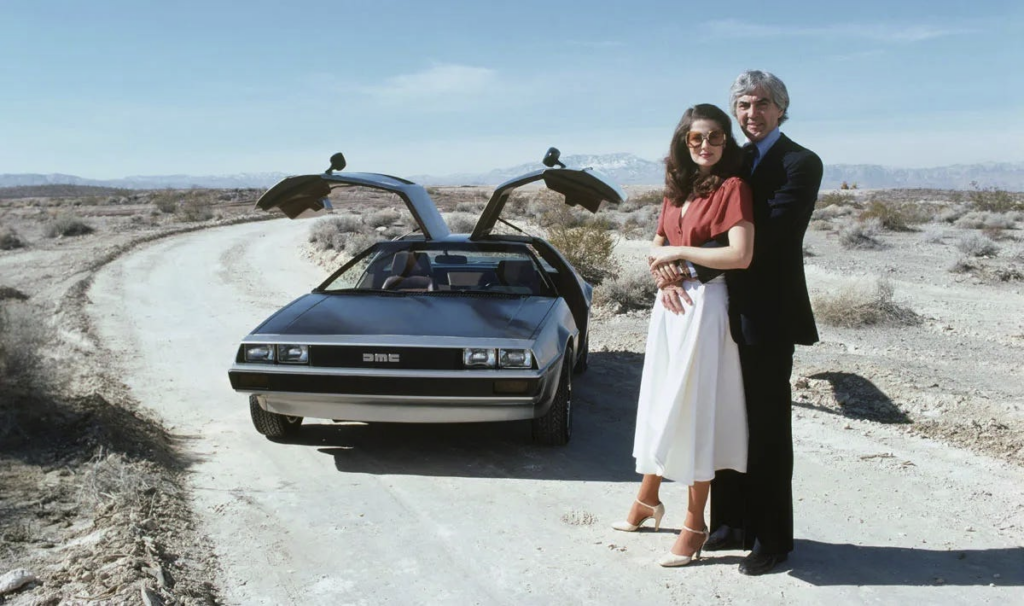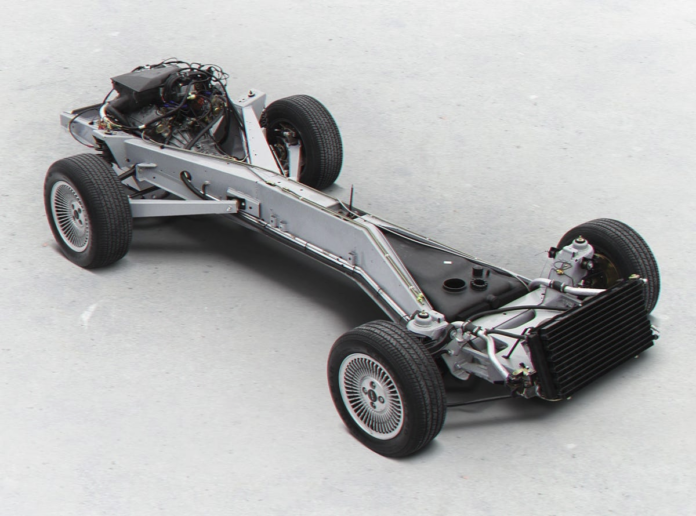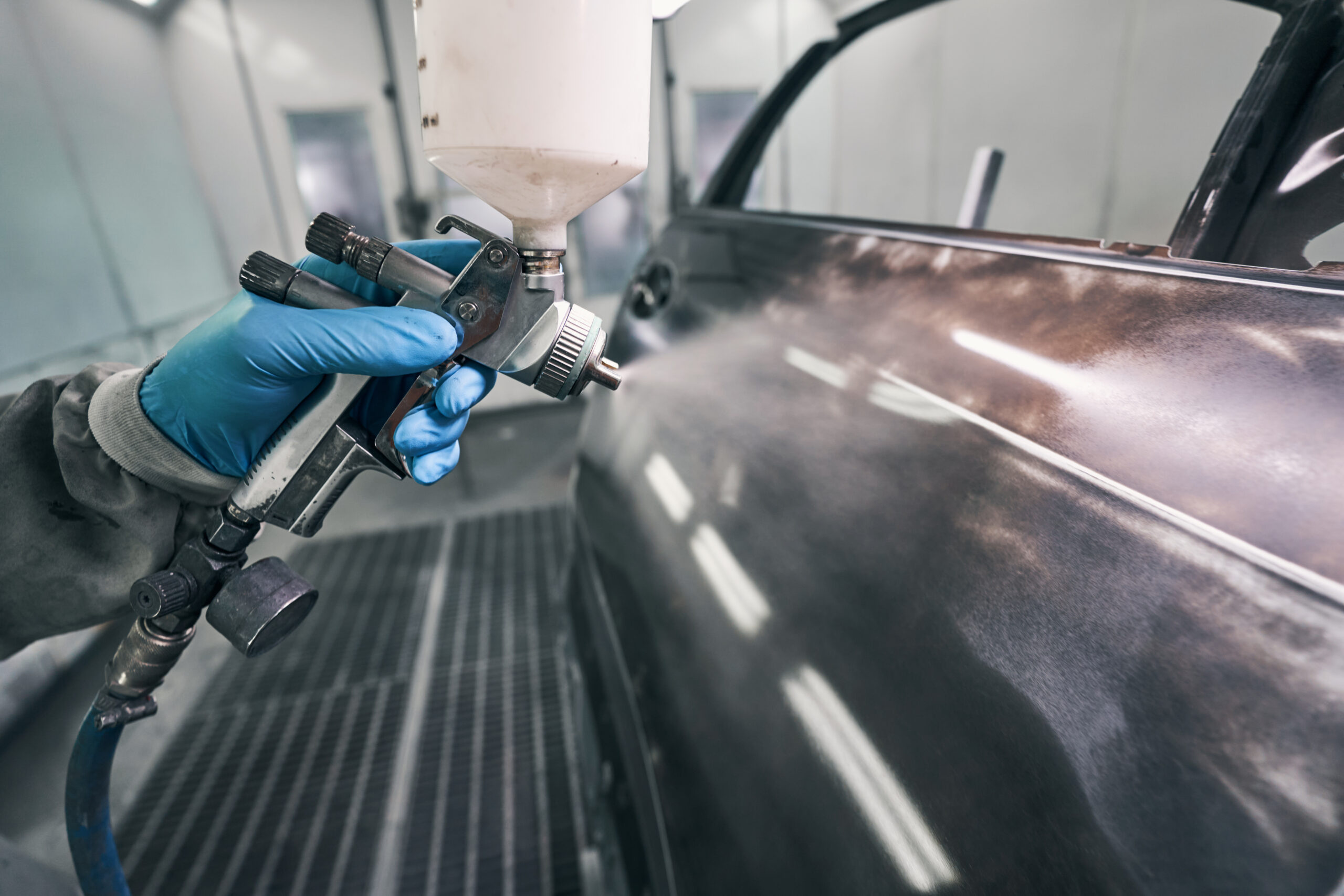This was an amazing project that delivered around 3500 vehicles from a new plant with a work force that had very little automotive manufacturing experience, whilst enduring the criminal activities of the ‘unrest’ in Northern Ireland. Payment of protection monies included several different organizations.
Engineering was performed by Lotus, and the body used the then new vacuum assisted resin injection process (VARI) to produce glass fibre reinforced plastic panels (GRP). As with Lotus, this process worked for some panels but not all. DeLorean then upped the stakes by skinning the entire upper skin in stainless steel, which produced the second manufacturing issue – attaching the stainless steel to GRP. This was overcome quickly.
DMC-12 had gull-wing doors, with endless issues around the counter balance springing and the durability. Again, the DeLorean team overcame these issues even though there were cost reduction initiatives whilst the engineered solutions were developed – for example, the interior handle.
Then there was the chassis designed by Lotus as a central spine, made from steel, with the V6 petrol engine right at the rear, just as the Alpine A310 (yup, used as the bench mark for DeLorean). Lotus knew the transmission, since it was used in the Esprit for much of its production life. The PRV V6 engine worked well, except for the transition to the DeLorean bits – let’s just say the development was completed on a very, very modest budget. I suspect the intake, exhaust and cooling system had basic but not optimized performance.

Finally, whilst the rear suspension was recognizably designed by Lotus, the front suspension came from Ford of Europe Cortina / Taunus. It was durable, but Ford had many issues with the double wishbone assembly in the early 1970s, most of which were sorted by the time DeLorean came to use it.
The big issues. The layout meant the default characteristic was oversteer, which is why the wheels at the front are narrower than the rear to induce understeer (which is inherently safer for most drivers). However, if the DeLorean had a big moment, the mass of the engine – even though most of the block and head was made from aluminium – would make things tricky. Fear not, by using regular sedan front suspension with way too much compliance the owner was unlikely to push the car that far.
It was a troubled project, with Lotus performing its first major engineering contract. As with most things to do with Lotus, what happened to the cash that was paid for the job but was evidently not spent is the stuff of legend. The British Government funded most of the manufacturing plant (circa £80 million), and kept hunting for the allegedly missing cash – but never found it. Clue – look to first generation Esprit Turbo for answers….
Far from being a complete disaster, DeLorean DMC-12 functioned (provided the owner did not push it too hard) and is still working today. That’s a pretty good achievement for all parties who created it.




